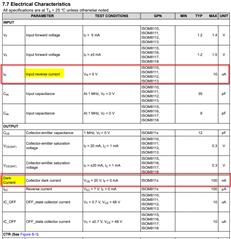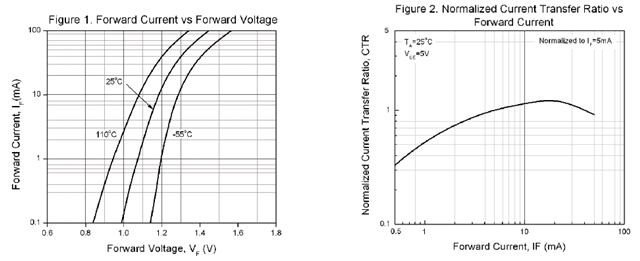Dears,
a customer want to use ISOM8110 to replace optocoupler, they are asking for more details of the parameters, such as the temp coefficient of the CTR, input current, output current, reverse current, dark current, rise time, fall time...
would you please help to share me more information about this parameter details?
thanks a lot!








